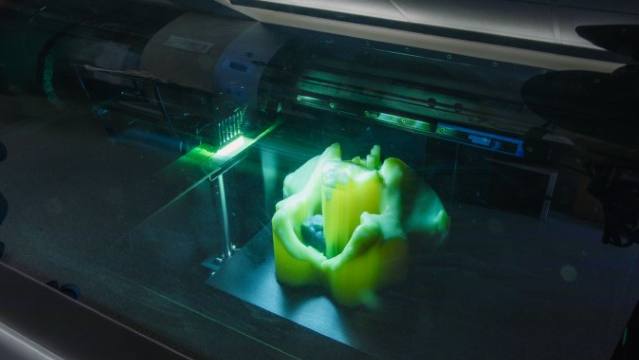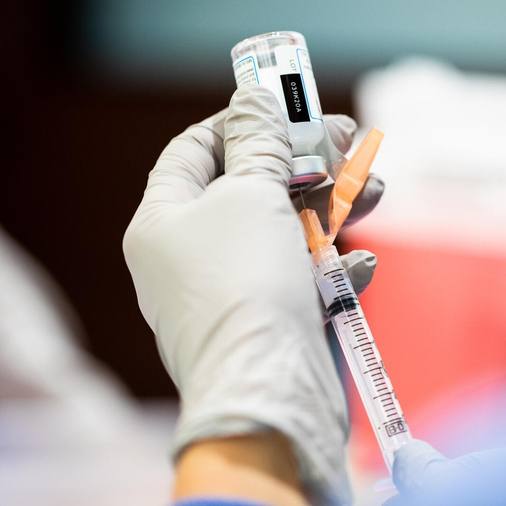
3D printing can provide an exact replica of a body part. But the printing process is not building or molding the model in traditional ways. The technology creates a solid 3D object by taking thin imaging slices from computer files. Mayo Clinic has been working with 3D printing for at least 16 years, applying it to clinical and surgical areas.
"And one of the many benefits we have from 3D printing is the ability to inform the patient," says Dr. Jonathan Morris, a Mayo Clinic neuroradiologist.
In this Mayo Clinic Q&A podcast, Dr. Morris explains how 3D printing works and how medical teams have used it during the COVID-19 pandemic.
Related posts:
- 3D Anatomic Modeling Lab prints model of virus that causes COVID-193D
- Anatomic Modeling Lab printing ear-loop mask attachments for staff
- Radiology, Engineering investigating ways to help Mayo Clinic during COVID-19 response
- Mayo Clinic Minute: How 3D printing helps lung surgery
- Mayo Clinic Q and A: Models using 3-D printing often a valuable tool for surgeons
- Helping Others Heal: Neurosurgeon invests in 3D printer to improve surgery results
- 3D Printing of Patients’ Anatomy Aids in Surgical Planning
Information in this post was accurate at the time of its posting. Due to the fluid nature of the COVID-19 pandemic, scientific understanding, along with guidelines and recommendations, may have changed since the original publication date.
For more information and all your COVID-19 coverage, go to the Mayo Clinic News Network and mayoclinic.org.








